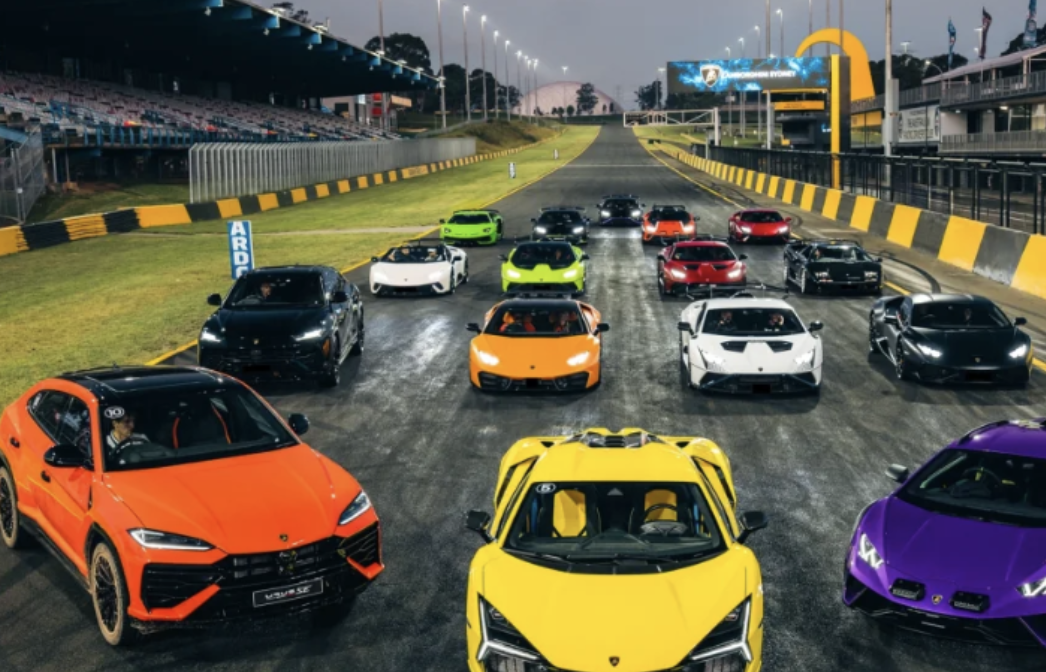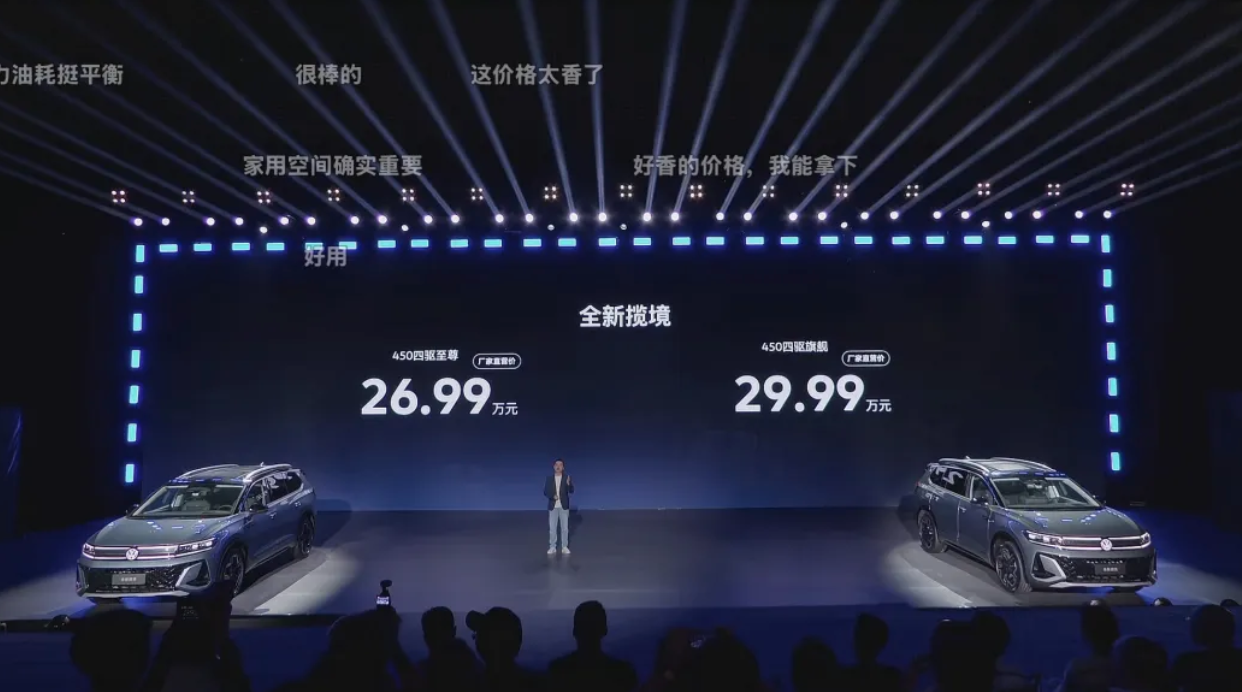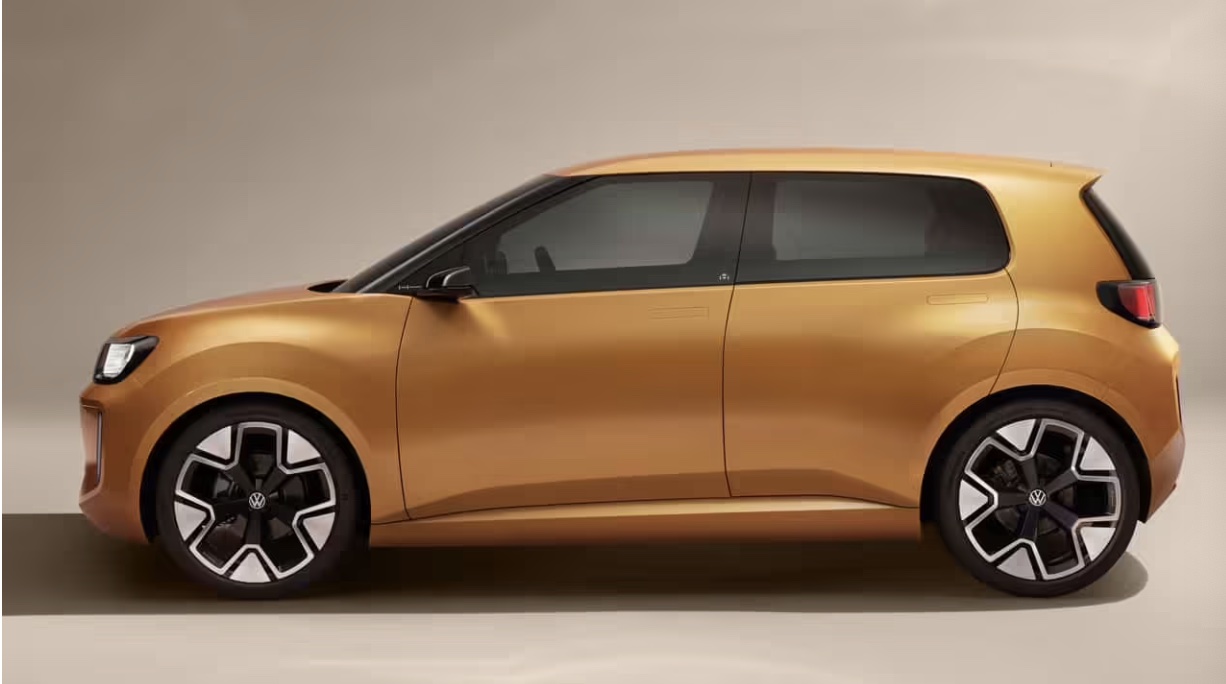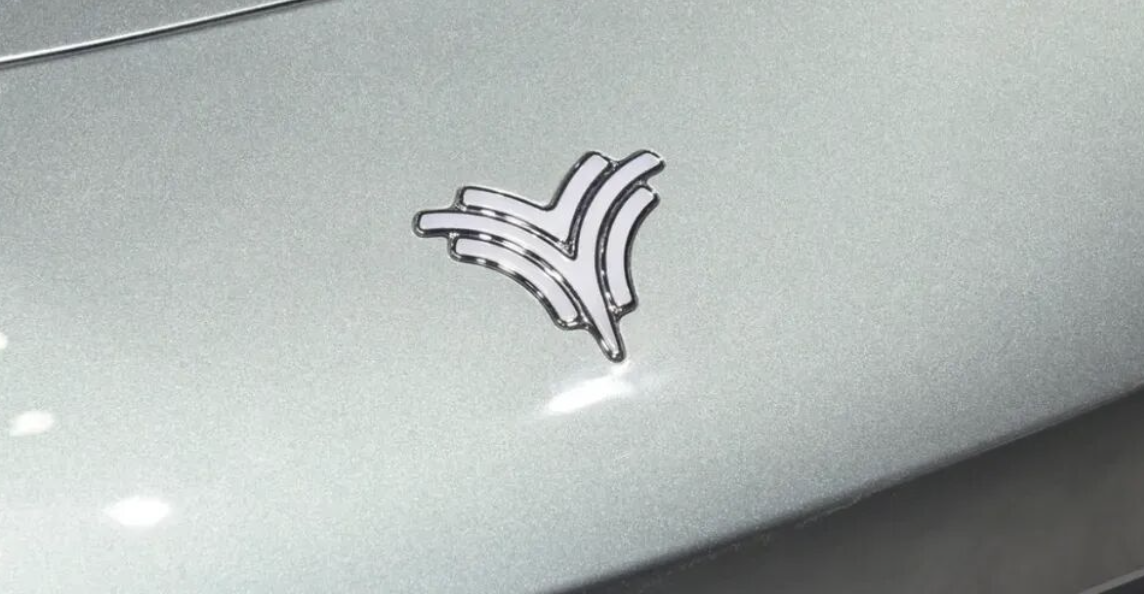Recently, Great Wall Motors Chairman Wei Jianjun stated in an interview with CCTV’s “Dialogue” that the company’s first supercar is set to officially debut by the end of 2026. Regarding the reason for creating a supercar, Wei Jianjun publicly explained for the first time: “While I believe Great Wall could do just fine without making a supercar… we decided to pursue this project for the sake of bringing glory to our country and pushing forward the true development of China’s supercar industry.”
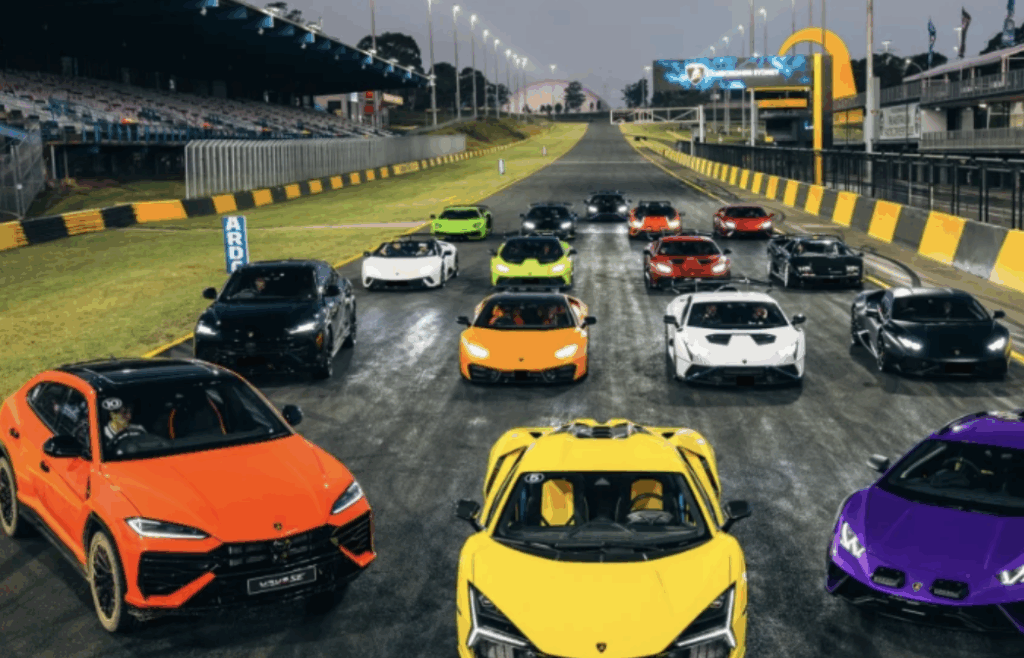
The news of Great Wall Motors’ plans to develop a super luxury car has been circulating for some time. As early as January this year, media reports revealed that Great Wall Motors had established a “Great Wall Brand Super Luxury Car Business Group (BG),” with Chairman Wei Jianjun personally leading the project as the new brand’s chairman. The new brand will focus on hybrid and other new energy products, covering various models such as supercars and sedans. In April, Great Wall’s Chief Technology Officer, Wu Huixiao, revealed in an interview that the company had started the supercar project five years ago, aiming to create a supercar that would ignite the passion of drivers, with performance potentially on par with models like the Ferrari SF90.
On July 23, Wei Jianjun posted a photo of company executives on a social media platform, with a covered car occupying a central position in the image. From the outline, the car clearly features a low stance and a two-door design. There are also hints of an engine intake structure behind the doors, and an upward-curved spoiler at the rear, making it clear that the car embodies typical supercar characteristics, which is quite different from the design of Great Wall’s current production models.
In terms of power, Great Wall Motors’ self-developed 4.0L V8 twin-turbocharged engine has been officially revealed. The engine produces a maximum output of 549 horsepower and a peak torque of 800 Nm, reaching an internationally advanced level. If paired with the Hi4-T hybrid system to form a “V8 + electric motor” plug-in hybrid solution, the performance would be even more impressive. Industry analysts suggest that if this powertrain is applied to the supercar, it will significantly enhance the vehicle’s performance and become a key symbol of China’s automotive technology innovation.
Before this, domestic brands rarely ventured into the supercar market.
Firstly, developing a supercar is extremely costly. Great Wall Motors has invested five years in developing the new supercar, with the cost of the carbon fiber chassis material alone reaching the level of “one square meter equals one Ora Good Cat.” The total R&D investment amounts to billions, but supercars are niche, low-volume vehicles with limited buyers, making the large investment seem disproportionate to the potential return. As a result, most brands choose to prioritize mass-market models like family cars, which are more profitable.
Secondly, the development of core technologies is a challenge. A supercar at the million-dollar price point requires global-leading technological support. The engines and chassis tuning of traditional supercars are built on over a century of expertise, while domestic brands are still catching up in high-performance powertrain development. Even with electric motors that provide relatively high power, there is still a significant gap. A supercar needs to achieve perfect synergy between power, chassis, and aerodynamics, which requires significant time for adaptation. Therefore, for domestic brands, creating a supercar from scratch is not just about large financial investments but also requires a considerable amount of time.
Moreover, half of the value of a supercar comes from its performance, while the other half comes from brand culture. Brands like Ferrari, Porsche, Lamborghini, Aston Martin, and Koenigsegg have decades of racing heritage, while domestic brands lack the same high-end image support. Additionally, Chinese consumers both admire the individuality of supercars and are hesitant to accept their practical drawbacks. Thus, even if a domestic brand eventually develops and launches a supercar, it would still face significant challenges in sales.
Currently, there are two main supercars available in the domestic market: the BYD Yangwang U9 and the Haobo SSR. The Yangwang U9 is BYD’s first pure electric supercar, featuring the E4S four-motor technology, with a combined peak power of 960 kW, a total peak torque of 1,680 Nm, and a peak RPM of 21,000. It can accelerate from 0-100 km/h in just 2 seconds. The car uses a U-shaped motor design, making it more compact with a lower center of gravity, better suited for the aerodynamic and lightweight design demands of a supercar. The Haobo SSR is also a pure electric sports car, equipped with a tri-motor all-wheel-drive system, with a maximum power of 1,225 horsepower, a maximum torque of 12,000 Nm, and a 0-100 km/h acceleration time of just 1.9 seconds. The top speed is 251 km/h, and it comes with a 74.69 kWh battery, supporting fast charging, with a pure electric range of 506 km under the CLTC cycle.
The introduction of a supercar by Great Wall Motors is of profound significance to its brand development. As Wei Jianjun mentioned, a supercar holds special meaning for Chinese automakers, representing not only a leap in technical capabilities but also the new trend of Chinese automotive brands moving towards high-end, international development. Supercars have long been monopolized by international brands, but the rise of domestic supercars is expected to break this situation and enhance the influence and voice of Chinese automotive brands in the global market.
